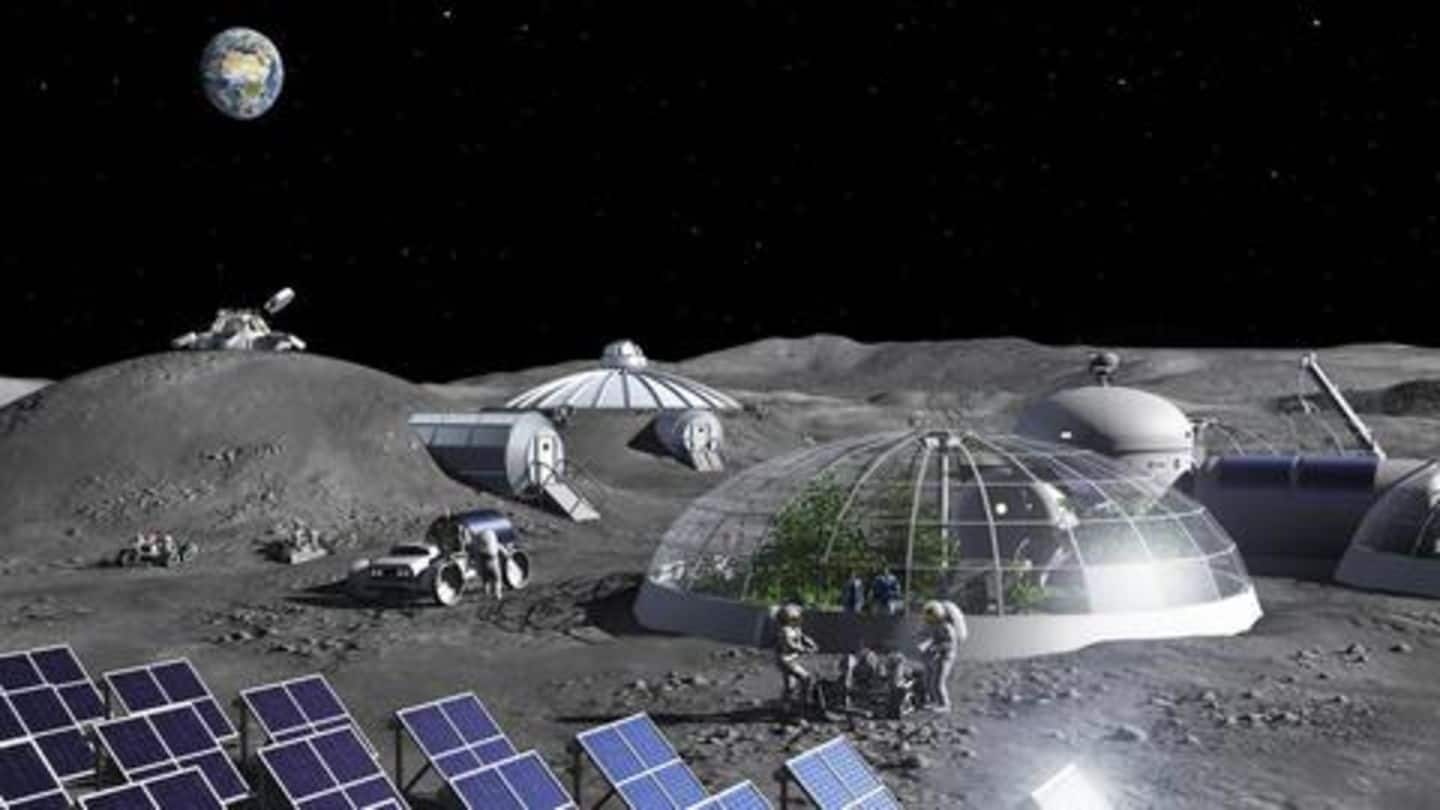
European Space Agency plans to extract oxygen from Moon's surface
What's the story
NASA plans to take humans back to the Moon. The project is ambitious, but if we really want to establish a long-term presence on the satellite, there has to be a sustainable source of breathable air up there. Now, to help with this, the European Space Agency is working on a way to extract oxygen from the moon's surface. Here's how.
Oxygen
Lunar regolith carries a lot of oxygen
When you need oxygen on the moon, a place with no atmosphere, the lunar regolith itself can be a source for oxygen extraction. The soil samples returned by Apollo missions have already confirmed that the lunar surface has 40-45% oxygen, which is present in the form of oxides in different minerals. So, technically, one just needs a way to mine it.
Plant
Prototype plant capable of extracting oxygen from moondust
Counting on the idea of unlocking Moon-based oxygen, ESA researchers have developed a prototype plant that can extract oxygen from moondust stimulants. The system uses molten salt electrolysis, a technique that involves heating a combination of lunar regolith and salt to extreme temperatures and passing current through them to release oxygen, migrate it along the salt to be collected at an anode.
Results
Some metals are also produced from the process
In the simulated tests carried out with moondust, the prototype plant was able to produce oxygen successfully. Currently, they release the oxygen produced through an exhaust pipe, but they are already working on a way to upgrade the system and store it in the future. Notably, the oxygen-extractor even produces some metals, which can be used for producing useful alloys.
Goal
Eventual goal to design a moon-ready extraction system
Ultimately, the team wants to fine-tune this system to develop a design that can be flown to the moon to extract oxygen for breathing and generating rocket fuel as well as producing alloys for constructing habitats. The project is challenging, as the machine needs the ability to work at low moon temperatures but the team hopes to get it ready by mid-2020s.